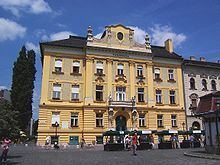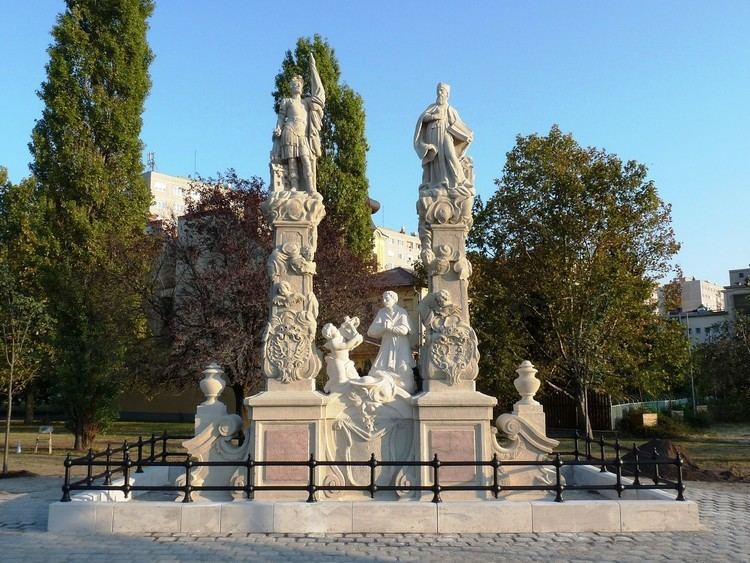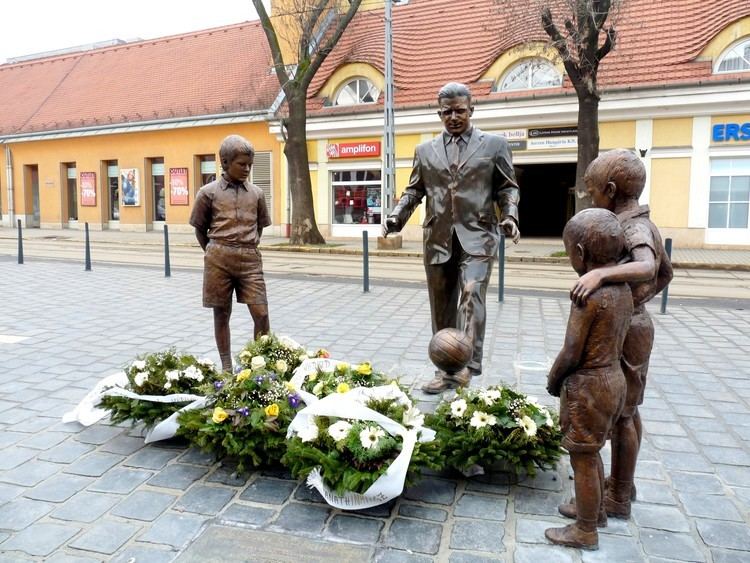 | ||
Similar | ||
R gi buda sok villamossal
Óbuda was a city in Hungary that was merged with Buda and Pest on 1 January 1873; it now forms part of District III-Óbuda-Békásmegyer of Budapest. The name means Old Buda in Hungarian (in German, Alt-Ofen). The name in Croatian and Serbian for this city is Stari Budim, but the local Croat minority calls it Obuda (the name "Budim" they use for the fortress in Buda).
Contents

The island (Óbuda Island) next to this part of the city today hosts the Sziget Festival, a huge music and cultural festival.

Óbuda's centre is Fő tér (Main Square), connected to a small square with a sculpture of people waiting for the rain to stop. It is accessible by HÉV (Árpád híd station).
History

Settlements dating from the stone age have been found in Óbuda. The Romans built Aquincum, the capital of Pannonia province here. Hungarians arrived after 900 and it served as an important settlement of major tribal leaders, later kings. Béla IV of Hungary built a new capital after the 1241-42 Mongol invasion in Buda, somewhat south of Óbuda.
The Jewish Elementary School in Óbuda was victim of the Holocaust. On 13 June 2012, a commemorative plaque to the former teachers and students was affixed to the wall of the building erected on the site of the school (Budapest, District III, Óbuda Street Nr 6).
People

